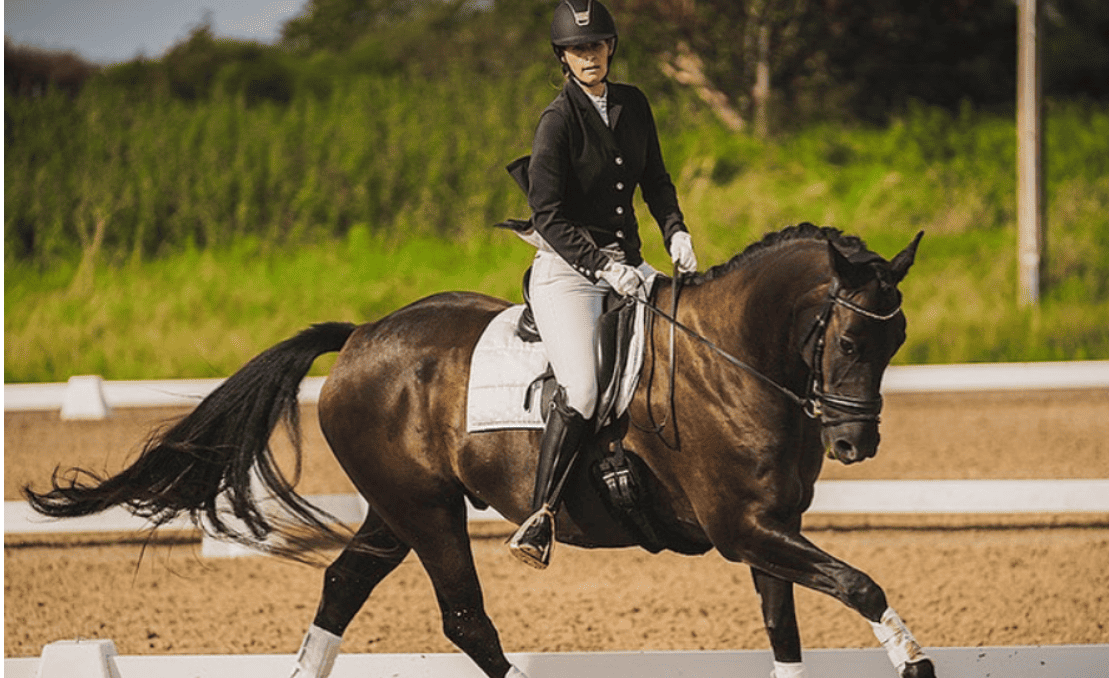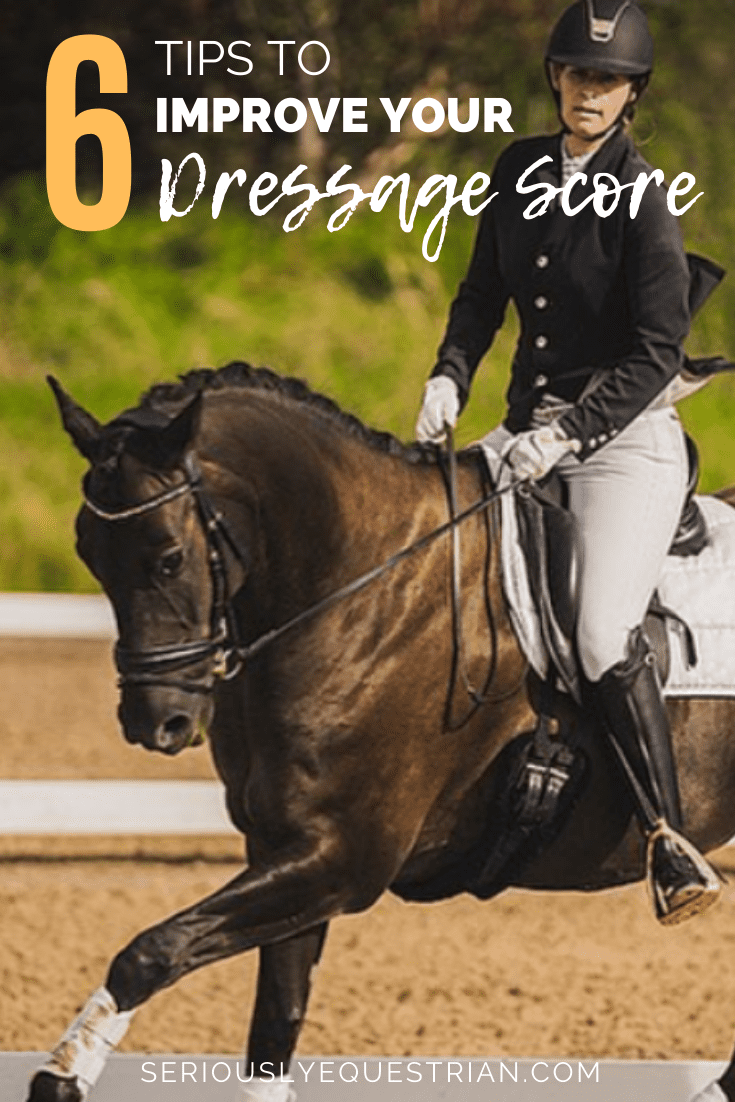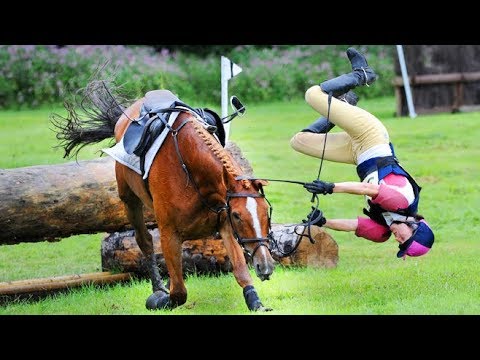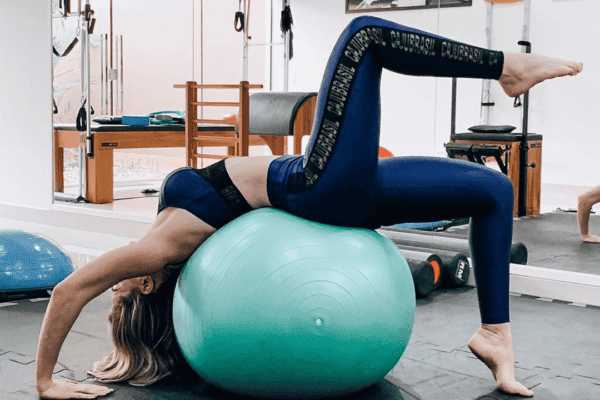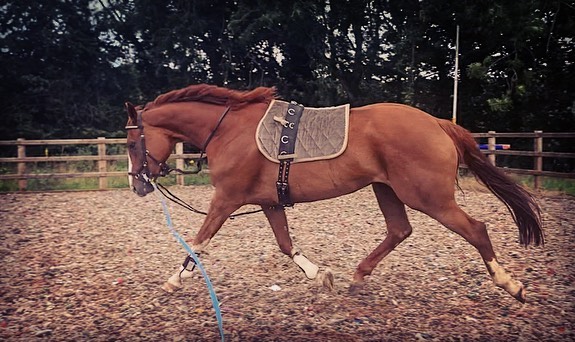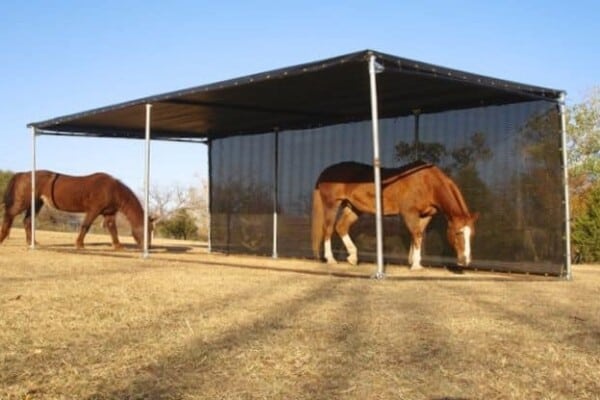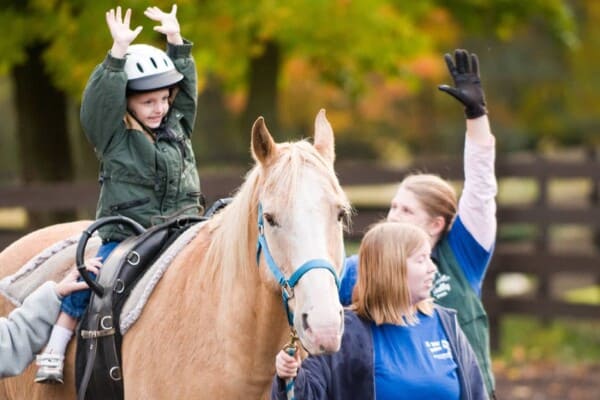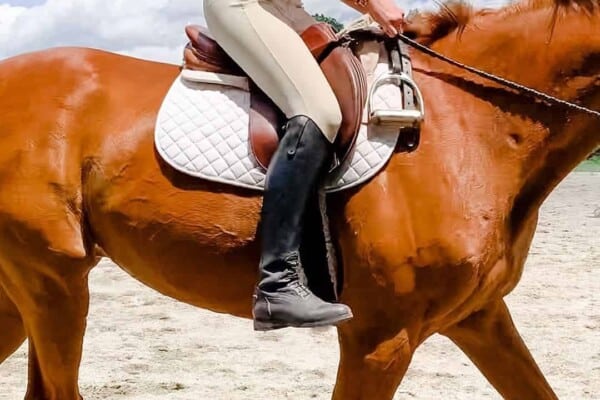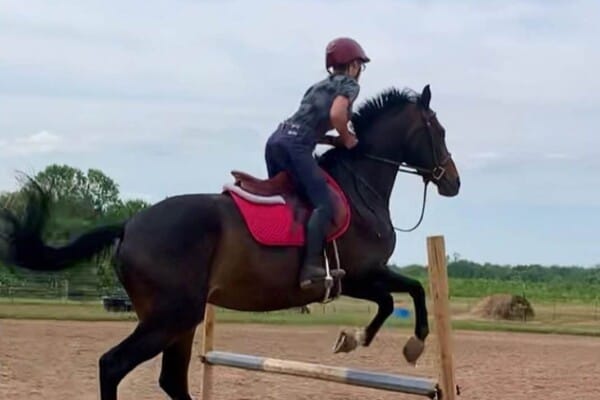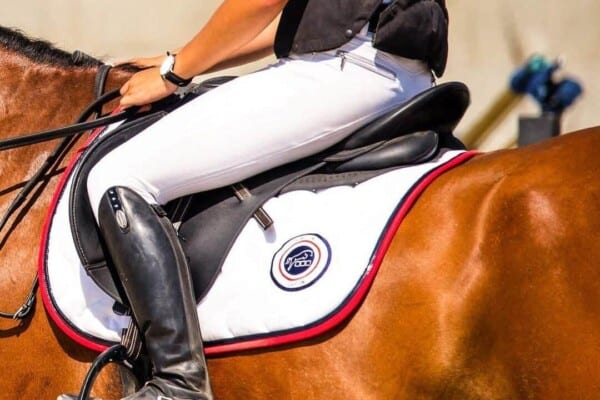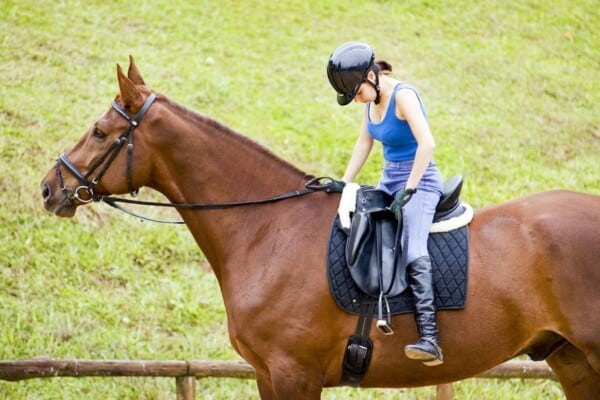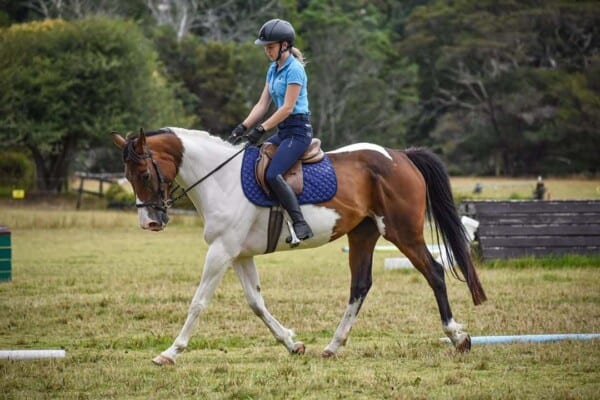Dressage is both a sport and an art. It is an expression of movement that can be physically demanding for both horse and rider. It requires a lot of practice and dedication. However even with lots of practice it is easy to make mistakes that can mark a test score down. There is nothing more upsetting to a dressage rider than receiving bad marks for a test.
However there are many small changes and strategies you can use that use to improve your score. Some of these tips will require practice while others require a simple adjustment in order to get results
1.Ride a good center line
The first thing you will usually do in a dressage test is to ride down the center line and halt. This is the first impression that the judge has of you and it is a chance to get off to a good start. It should be one of the easiest parts of the test but many riders make lots of mistake when doing it.
It is essential ride right on the centreline. Keep the horse straight and make sure to halt in the right place. When it comes time to halting make sure you do it in the right place at the marker. Halting too early or too late will lose you marks. When practicing halting at home try to teach your horse to halt in different parts of the arena. This will help to ensure that they learn to halt in different areas instead of just an X or G which they can begin anticipating.
2.Focus on your Transitions
Having good transitions are essential if you are to consistently get a good mark in dressage tests. It is the one exercise that you should always be practicing.
When we practice our transitions we are making sure the horse is sharp to the leg and our aids. It is important to do different transitions including transitions within the gait. For example practice lengthening your trot and adjust to make it slower or faster as required. The goal is to train the horse so that they are consistently responding quickly. Having good transitions will ultimately benefit all your other movements and exercises.
3.Ride with Confidence
When you watch Dressage riders at the highest levels one of the first things you may notice is their confidence. They ride proudly and throughout the test and seem in total control of the horse. The jud
Riding with confidence is something that can be learned. When you are confident your breathing will be more relaxed and you are less likely to make mistakes. Being confident means that you expect to do each move perfectly and that you can visualize the perfect test.
4.Remember to count!
A dressage test will require you to be precise in your timings. However many people lose easy marks by not using simple counting when it matters,.
For example a rider may be required to halt for a specified length of time. In some cases a rider will move off the spot too quickly and lose marks for not showing immobility. Likewise if you are asked to perform a movement with 3-4 steps then make sure to actually count the steps. This small adjustment makes can make a big difference to your overall score.
5.Learn the Test
Learning the test is one of the easiest ways to increase your chances of getting a good score. However it is always surprising to see the amount of people don’t know their test.
It is normal to sometimes forget your test (especially when under pressure). If this happens to you regularly you should ask a friend to help call the test for you.
Learning the test is a great way to help with nerves. When you are confident that you know a test 100% you will enter the arena as a more confident rider with a better chance of performing well.
6.Read the Directives
The directives tell a rider what is being tested in each movement. It is usually printed on the test sheet and is available to every rider.
Treat the directives like directives for any other test you sit in you life. By understanding them you will have a better idea of what is expected and will be more likely to perform the movements that the judges for which the judges are looking.

